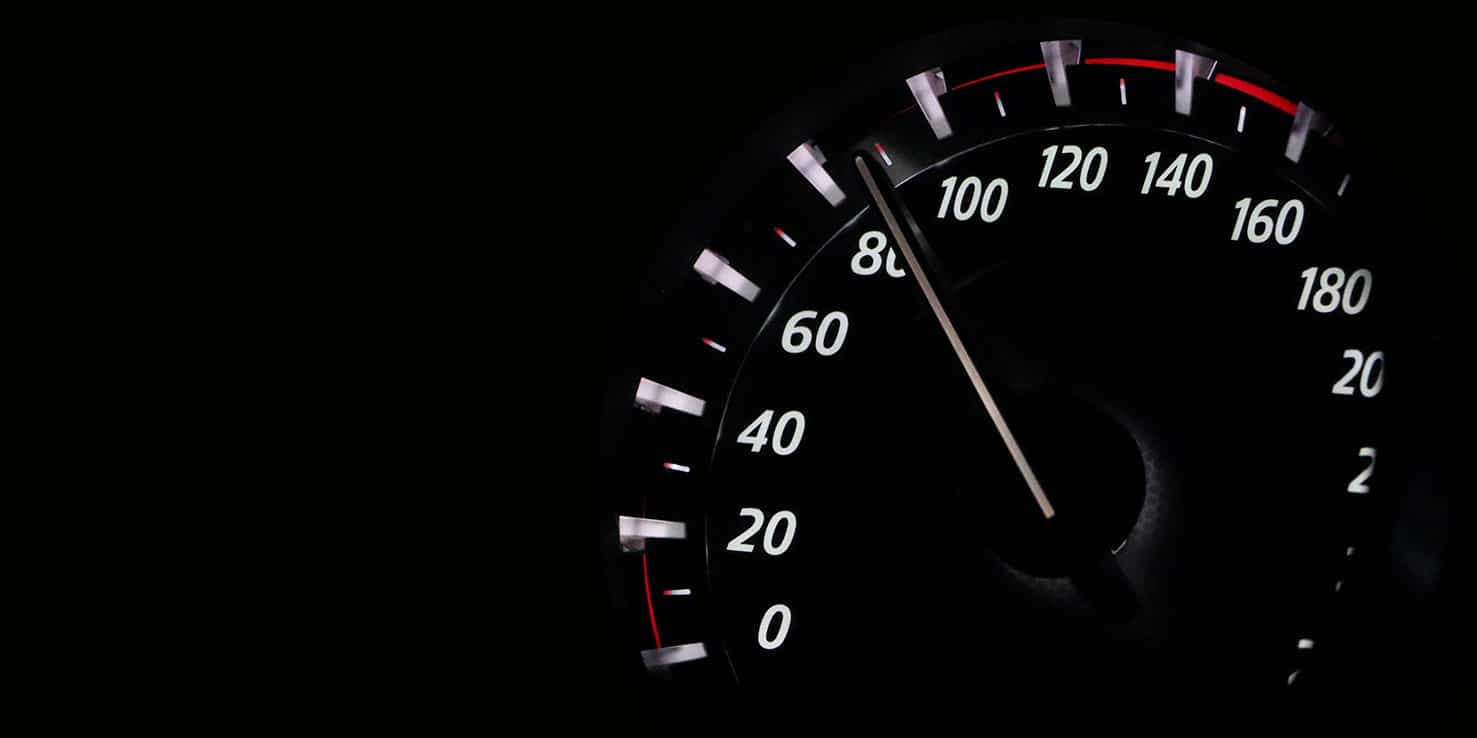Crashes Caused By Speeding Have Spiked. Can New Automated Cameras Help Slow Drivers?
April 21, 2021 | Article by Chain | Cohn | Clark staff | Tips & Information Social Share

As the year of pandemic lockdowns and stay-at-home orders comes to an end, Americans are returning to deadlier streets.
Traffic deaths in the United States increased in 2020, even as people drove less because of the COVID-19 pandemic. National Safety Council estimates that 4.8 million people were injured in crashes last year and more than 42,000 people died in vehicle crashes, the latter of which is an 8% increase over 2019 and the first jump in four years. In addition, the fatality rate per 100 million miles driven spiked 24%, the largest annual percentage increase since the council began collecting data in 1923.
The reason: More people were speeding as roadways emptied, and police stopped enforcing as many traffic stops to minimize the spread of the coronavirus. Those who ventured out found open lanes that invited reckless driving, leading to a sharp increase in traffic-crash deaths across the country, experts say.
Of the reckless behaviors, the National Highway Traffic Safety Administration show speed to be the top factor, and the high number of speeding drivers is continuing even as traffic is starting to return to pre-pandemic levels. In California, citations issued by the state highway patrol for speeding over 100 mph roughly doubled to 31,600 during the pandemic’s first year.
As an aside, seatbelt use has gone down, and more people have died in crashes with alcohol or other drugs in their system, according to a National Safety Council analysis of trauma centers.
“We need to address traffic violence on our streets,” said David Cohn, managing partner of Chain | Cohn | Clark. “We are seeing risk-taking driving leading to dramatic numbers of injuries and deaths that are 100 percent preventable. It’s terrifying what we’re seeing on our roads.”
Lawmakers have introduced dozens of bills to lower speed limits, set up speed camera programs and promote pedestrian safety.
SPEED LIMITS
- Some states want to boost the authority of localities to regulate traffic in their communities, such as giving cities and counties more control over speed limits, as legislators have proposed in Michigan, Nebraska and other states.
- Some want to let communities use speed cameras, which is under consideration in Massachusetts, Rhode Island, Florida and elsewhere.
- Connecticut is considering a pedestrian safety bill that incorporates multiple concepts, including giving localities greater authority to lower speeds, and letting some municipalities test speed cameras around schools, hospitals and work zones.
California uses something called the “85th percentile” method, a decades-old federal standard. Here’s how it works:
Every 10 years, state engineers survey a stretch of road to see how fast people are driving. Then they base the speed limit on the 85th percentile of that speed, or how fast 85% of drivers are going. a federal report found the 85th percentile rule similarly inadequate to set speeds.
In addition to lowering speed limits, lawmakers also want to better enforce them. In California, two bills would reverse the state’s ban on automated speed enforcement by allowing cities to start speed camera pilot programs in places such as work zones, on particularly dangerous streets and around schools.
SPEED CAMERAS
California cities could soon set up automated cameras to catch and ticket speeders on their most dangerous streets. Also known as automated speed enforcement, the cameras measure the speeds of passing cars and snap photos of those going a certain mph over the limit, then mail a ticket to the owner. The cameras can be particularly effective on high-speed streets where serious crashes are common, some experts say. Drivers would be less likely to blast through an area they know has cameras, and while speeders wouldn’t be stopped in the moment, getting a ticket in the mail would make them slowdown in the future.
Assembly member David Chiu of San Francisco, who authored Assembly Bill 550 on automated cameras, says the measure includes safeguards to make the speed camera program fair. It would cap fees at $125, with a sliding scale for low-income drivers, and make violations civil offenses, not criminal.
Several California cities have for years used cameras to catch people who run red lights. But state law as it is currently written doesn’t authorize automated cameras to enforce speed limits. The legislation would authorize local transportation departments and Caltrans to use the cameras in pilot programs, and set up a state work group to create policies for the technology.
While conventional speeding tickets in California often cost hundreds of dollars and add “points” that could lead to the suspension of a driver’s license, fines generated by the cameras under the new bill would not generate points and would be capped at a total cost, fees included, of no more than $125.
Chiu’s bill also limits who can access photos, bans the use of facial-recognition technology in the cameras and requires programs to provide a diversion option for less-wealthy drivers who can’t afford to pay their fines.
“This has been about changing driver behavior,” Chiu told the San Jose Mercury News. “This is about saving lives and improving safety.”
———
If you or someone you know is injured in an accident at the fault of someone else, or injured on the job no matter whose fault it is, contact the car accident attorneys at Chain | Cohn | Clark by calling (661) 323-4000, or fill out a free consultation form at chainlaw.com.
